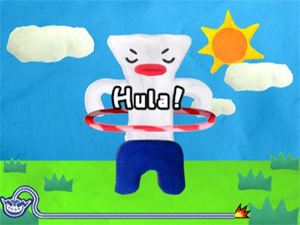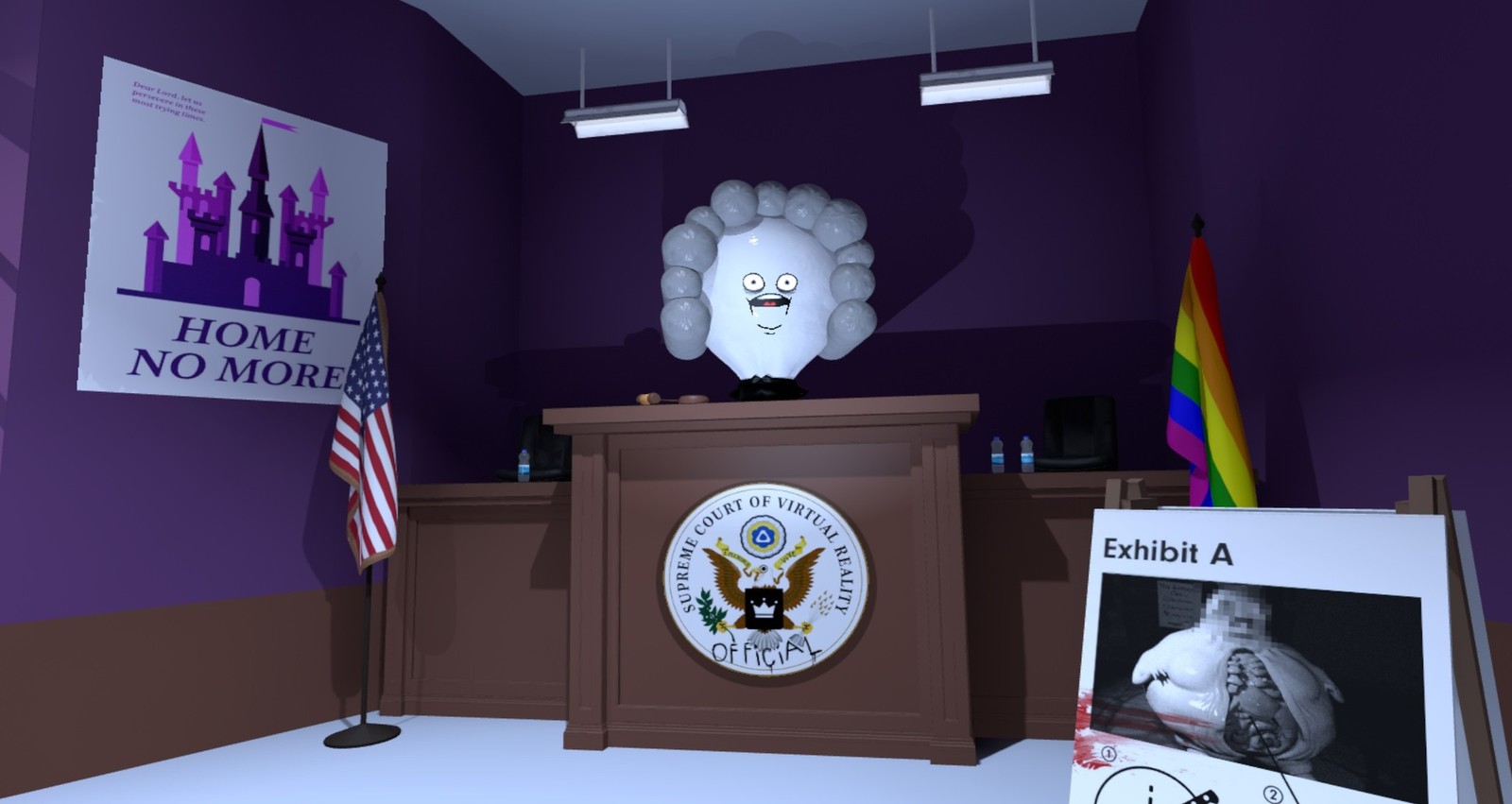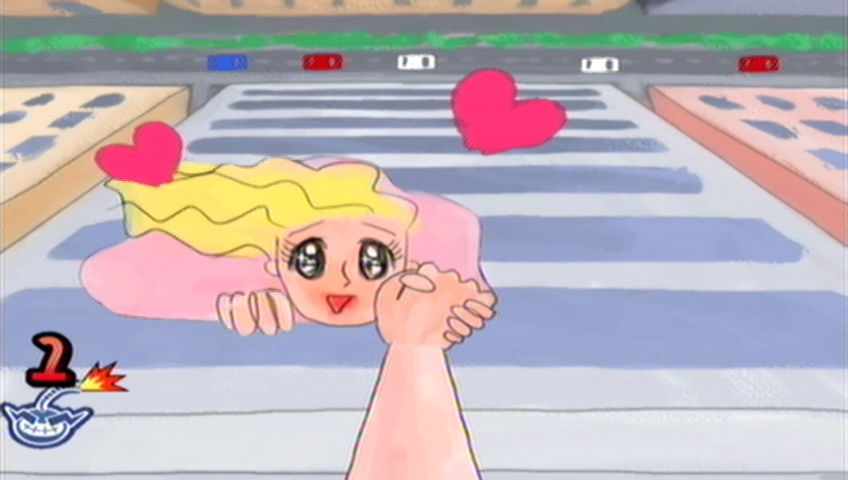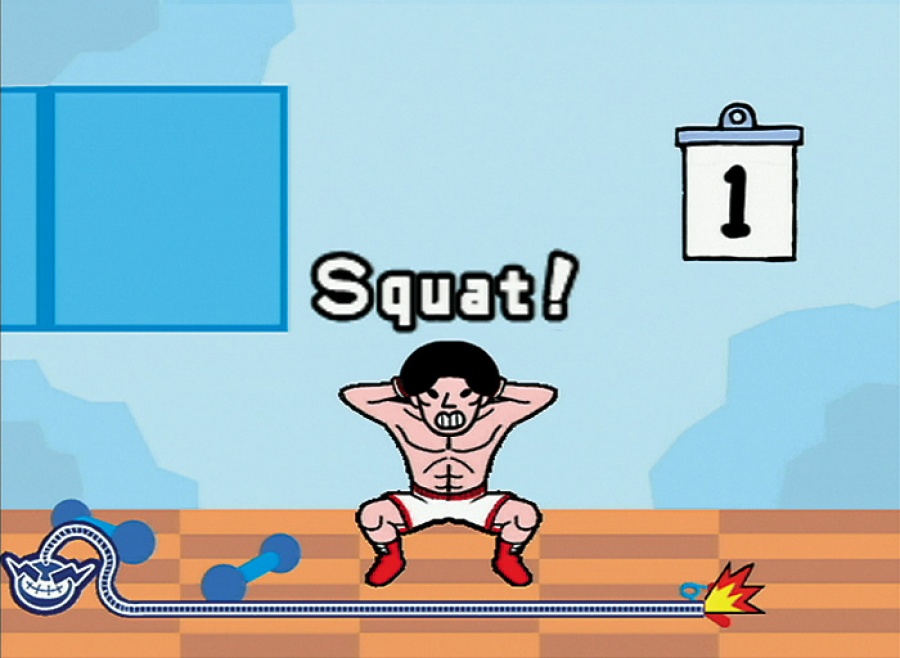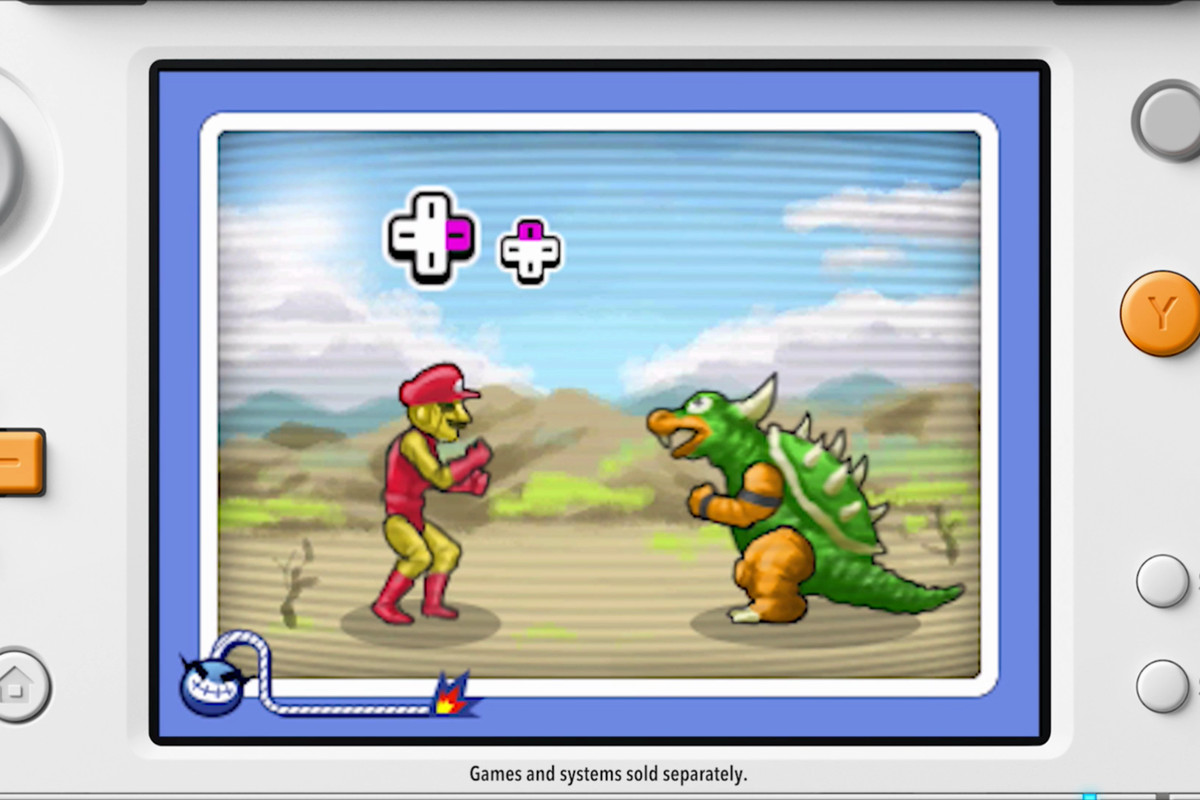In this series of blog posts, I will talk about my process as a producer, designer, and programmer of Real Al’s Humanity Academy. I’ll discuss why I made the decisions I did in each of these roles to give readers a better idea of how I approach these disciplines. The intended audience of these posts are potential employers, collaborators, and/or fans of the game who want a more behind-the-scenes look.
In this post, I will discuss why our team chose to make a minigame collection given our stated mission.
In my previous post, I discussed the mission that guided this project, which was:
Make a VR game that people would want at their party.
With this goal in place, I started recruiting people who felt as passionate as I did about making VR games less isolating. I reached out to Keanan Pucci and Matthew Ricci because they were some of the hardest working people in my VR production class and seemed equally invested in solving this isolation issue.
Once our developer and designer team was in place, we started brainstorming ideas to achieve our goal. We decided that we would each bring five gameplay ideas and five theme ideas to our meetings until we found an idea we all believed in. I personally set aside twenty-five to fifty minutes a day to brainstorm ideas so that I was always bringing my best ideas to the group meetings.
We analyzed these ideas with a lens similar to the “Hedgehog Concept” mentioned in Jim Collins‘s book, Good to Great. Essentially, we asked ourselves three questions:
1) If we sold this game, would other people want to buy it?
2) Could we make a version of this game that was competitive with similar games on Steam?
3) Are we passionate about this idea?
If the answer to all these questions was yes, we would go forward with the idea.
Between the three of us, “Warioware in VR” was our favorite idea, so we tested that idea first. If you’re not familiar with Warioware, it is a fast-paced casual game in which players compete to complete as many five to ten second minigames as they can. In the minigame pictured below, you are given five seconds to slap Wario and wake him up.
To answer question number one, we pitched our game to anyone who would listen and gauged their reaction. The game was easy to pitch and most people seemed enthusiastic about the idea. For question two, we spent significant time looking through Steam and Itch.io for similar games. There were one or two Warioware-like VR games, but they were either buggy or bland; we felt that we could do better. It was clear our whole team was excited about the idea, so we decided to move into planning the project.
The Warioware concept had other game development-specific advantages to it. For one, it was modular: a minigame could fail in production and the rest of the project would be fine. This modular design gave us the flexibility to pursue three minigames if things were going slowly and ten if they were going quickly. If we had instead made a narrative game, we would have to commit to finishing every chapter or the experience would be incomplete. Some members of the team were relatively new to VR development, so this modular paradigm helped diffuse production risk.
The other advantage to the Warioware concept was that it gave us room to experiment with a variety of art styles. If you have played Warioware, you’ll know that each of its minigames has its own unique look: there are games rendered in claymation, 3D animation, acrylic paint, watercolor, and more. Warioware’s art is not always the most realistic or technically polished, but it makes up for this with visual inventiveness and humor. We knew our team couldn’t afford to create naturalistic animations like in AAA VR experiences like Henry or Robo Recall, so we decided to also aim for humor and inventiveness in our art rather than technical polish. You can find some images from our initial moodboard below:
Now that we had our core gameplay paradigm in place, it was time to brainstorm our mechanics.


